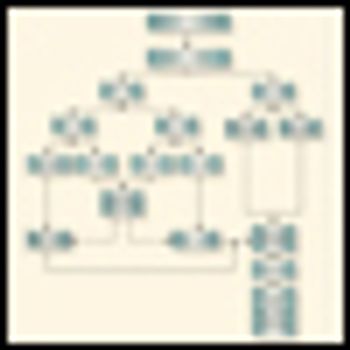
Optimizing Outcomes of Chemoradiation in the Management of Squamous Cell Carcinoma of the Anal Canal
Dr. Fakih and colleagues provide a detailed and thoughtful review of the role of chemoradiation in anal cancer treatment. They have included a comprehensive description of the epidemiology and risk factors for the development of squamous cell carcinoma of the anal canal, including the strong association with human papillomavirus (HPV) infection and increased incidence in human immunodeficiency virus (HIV)-positive individuals.































































































